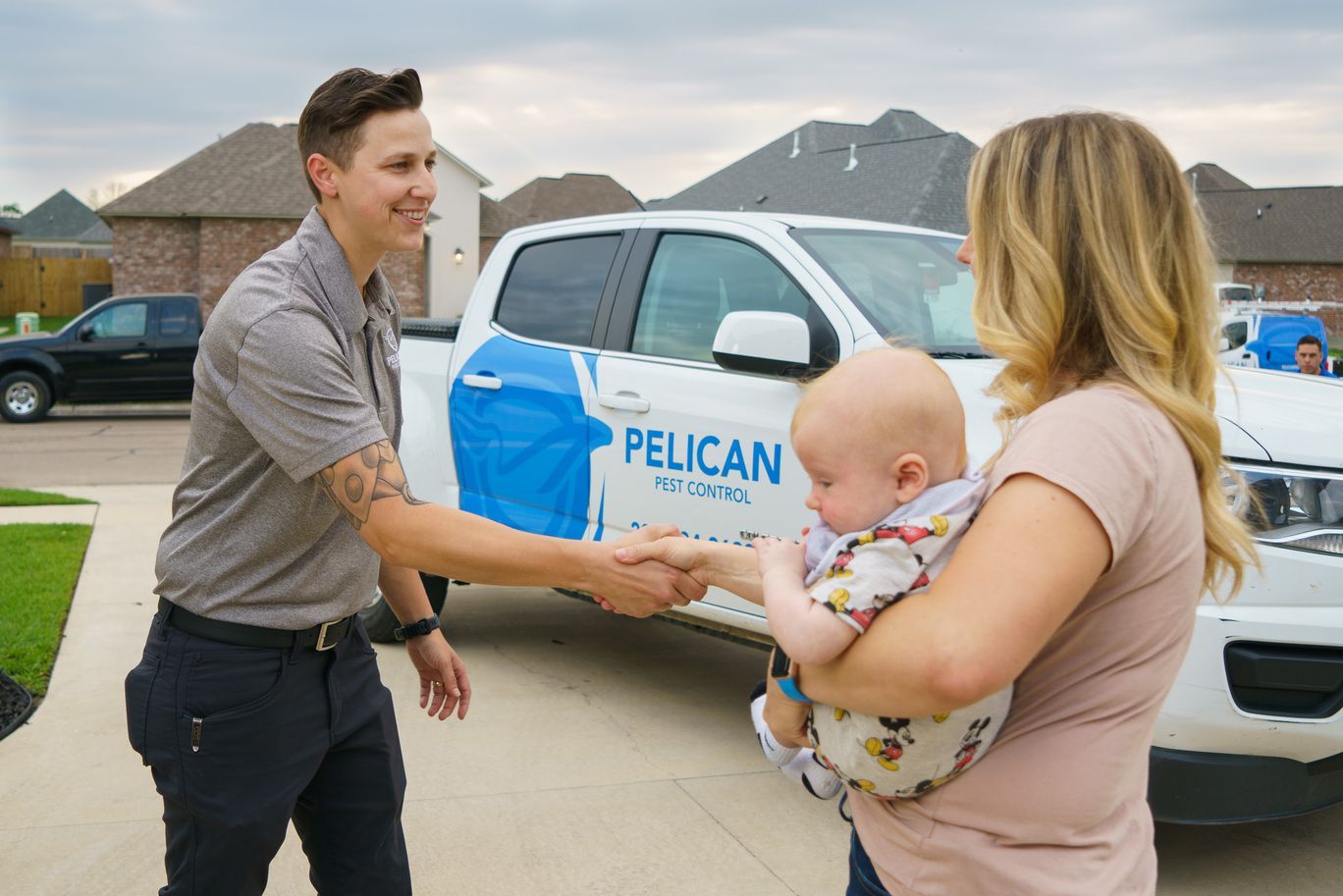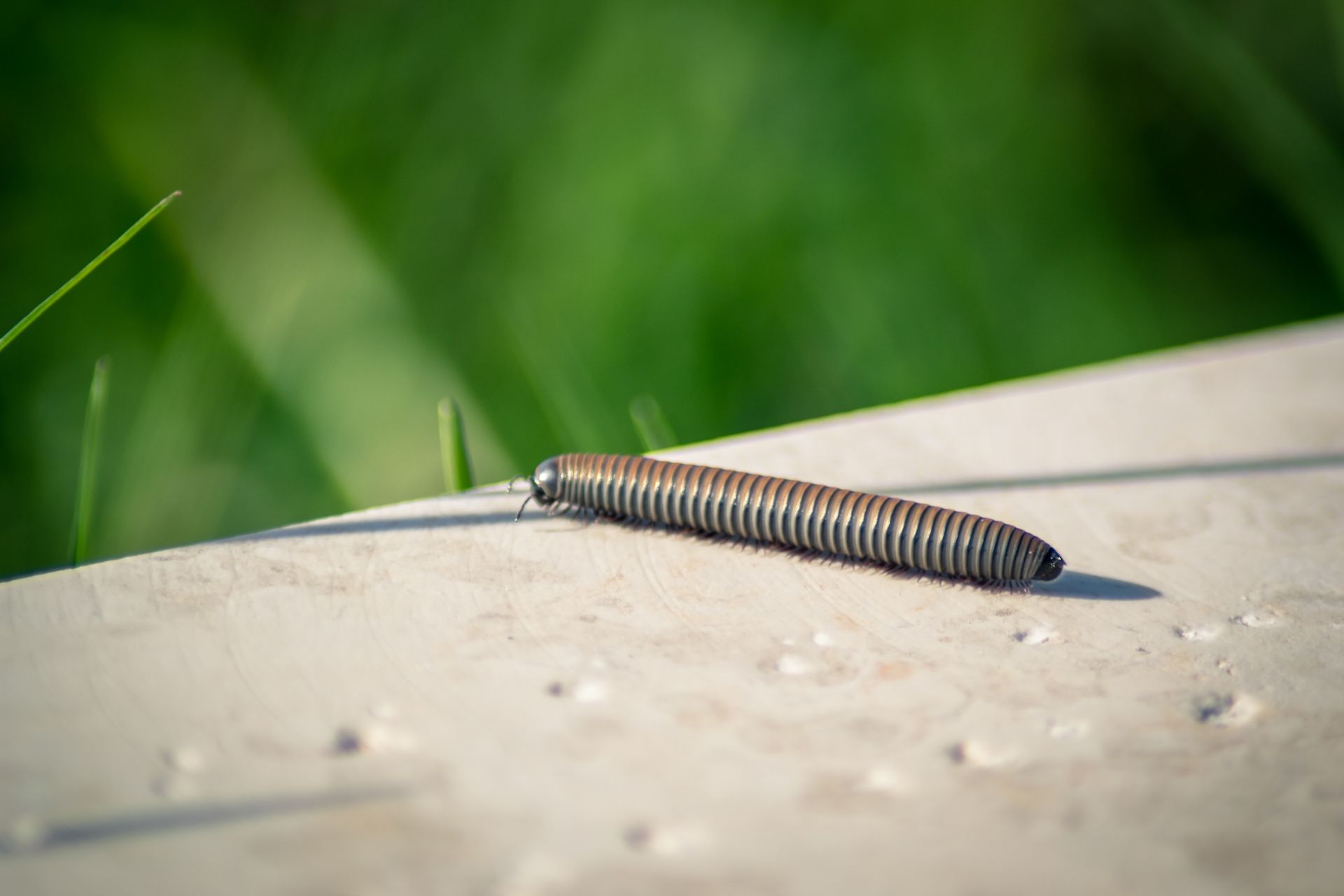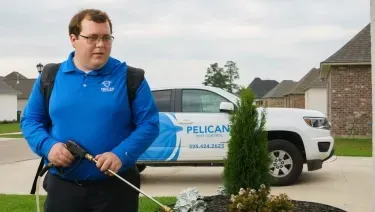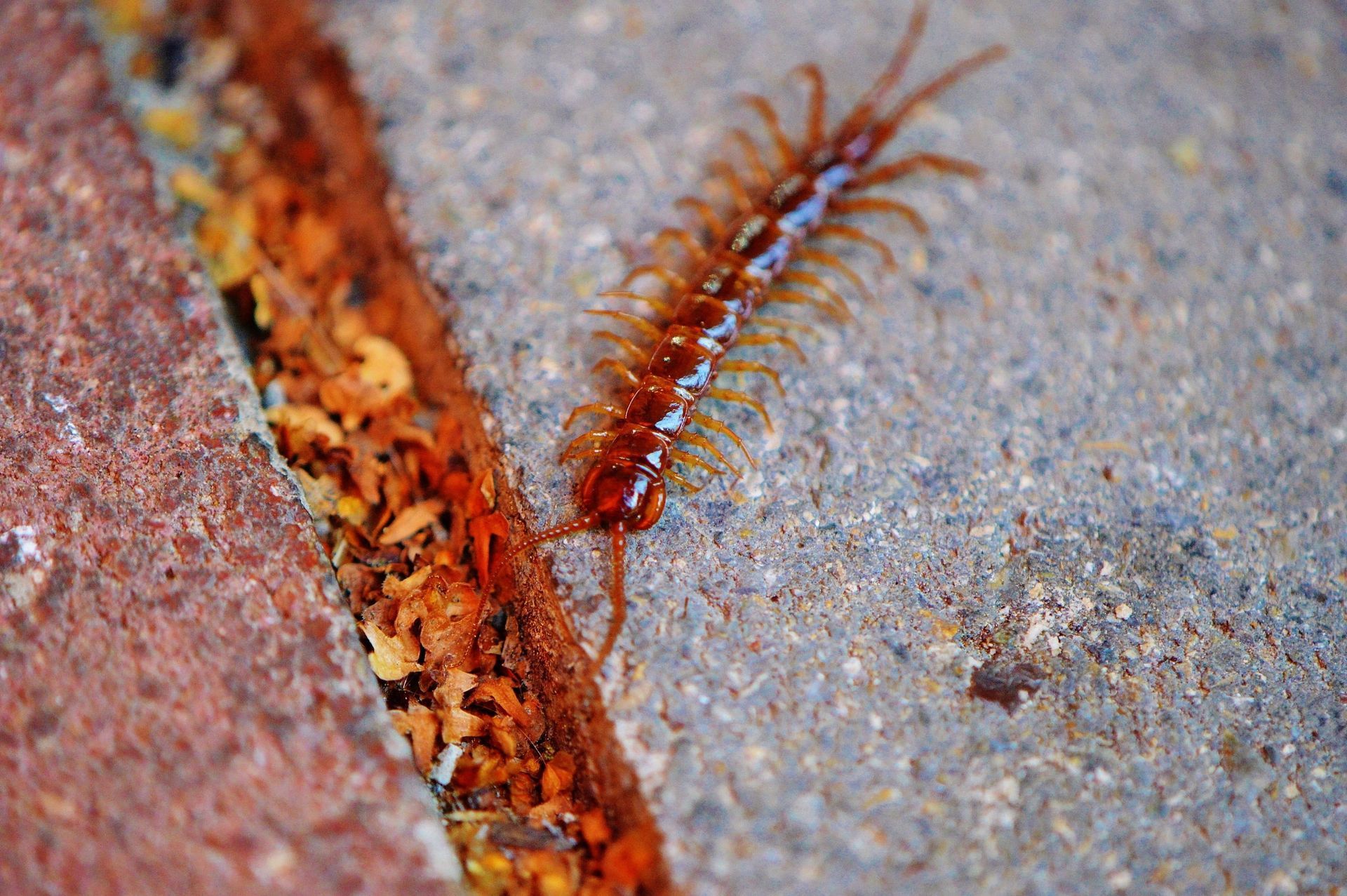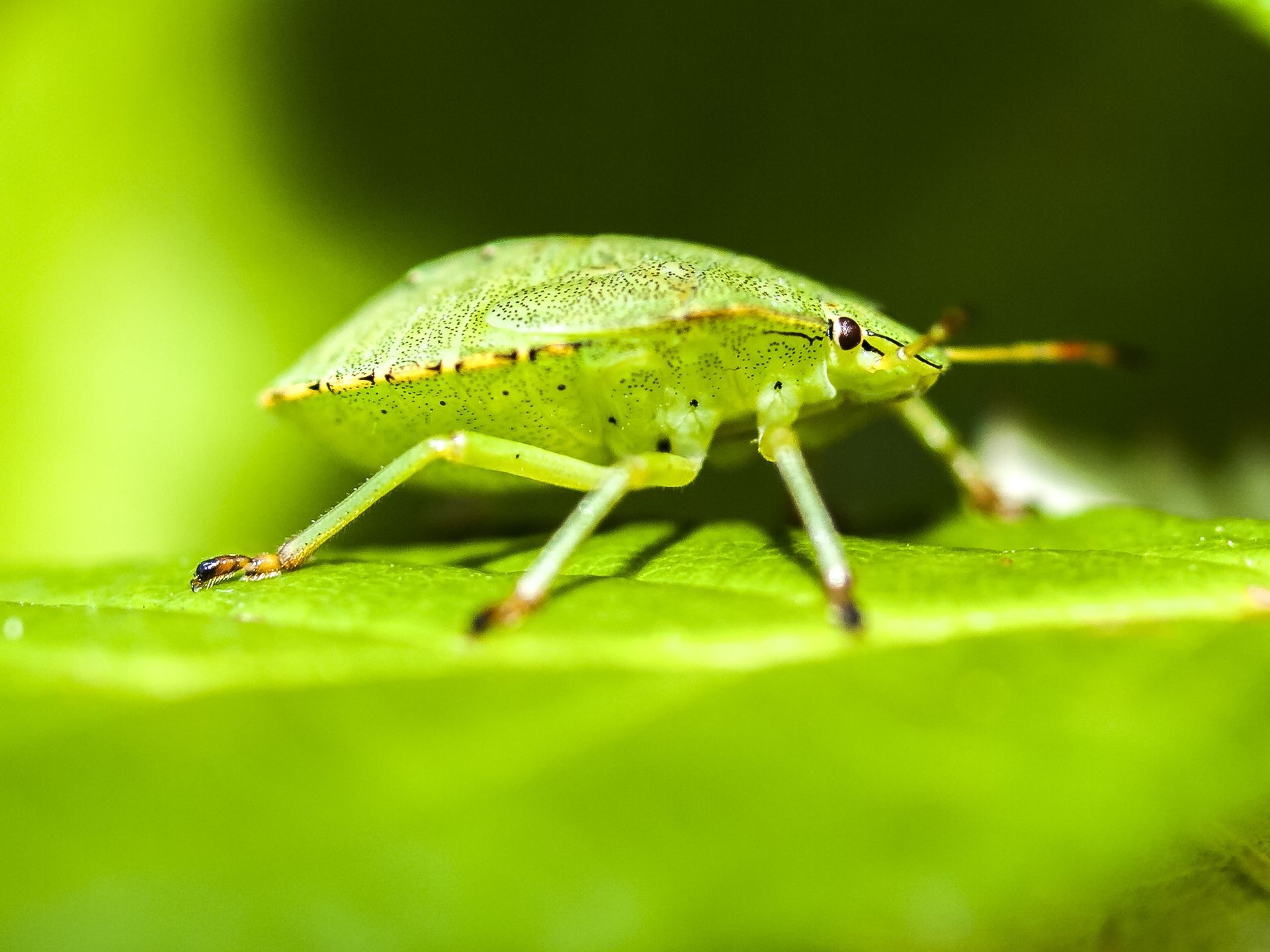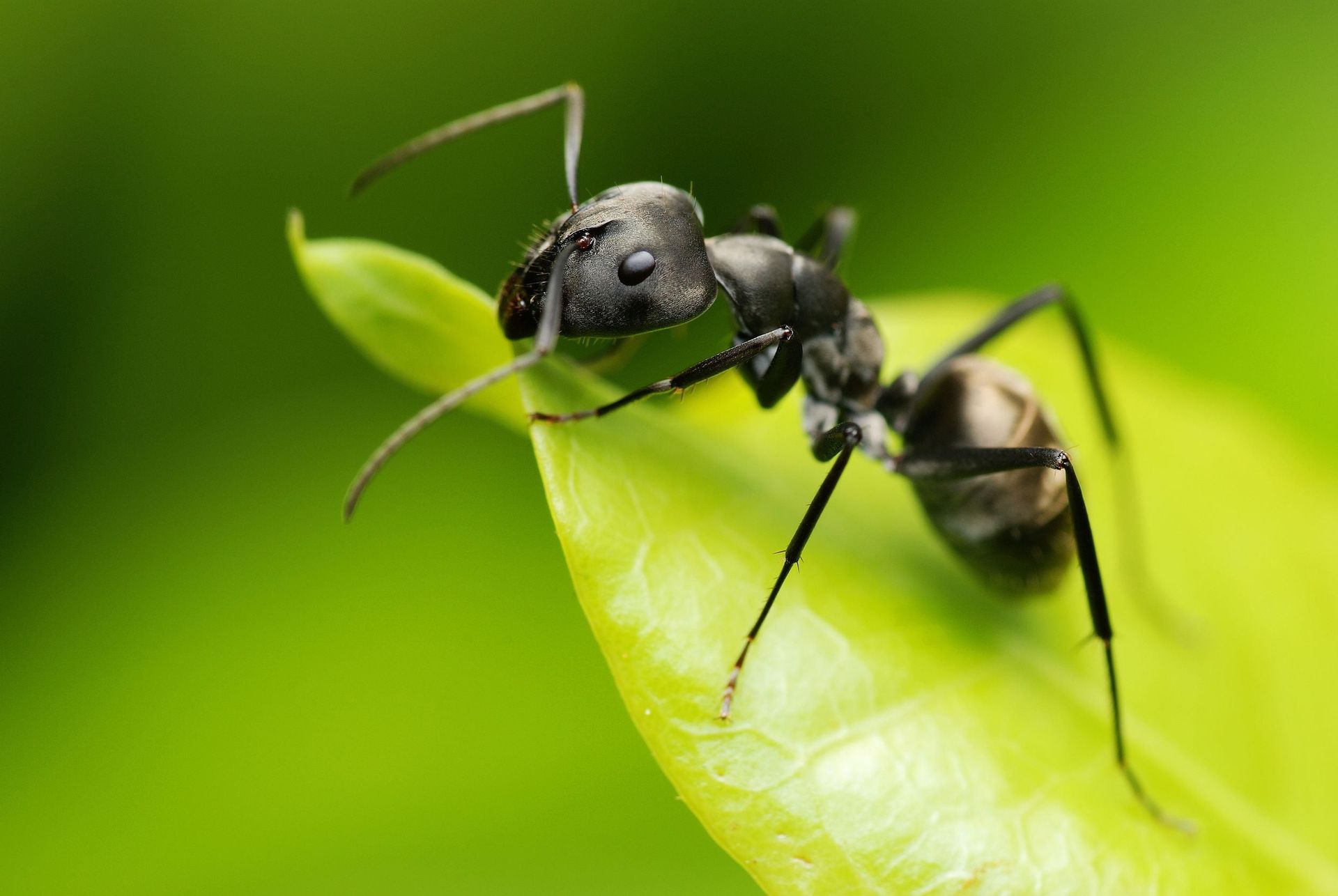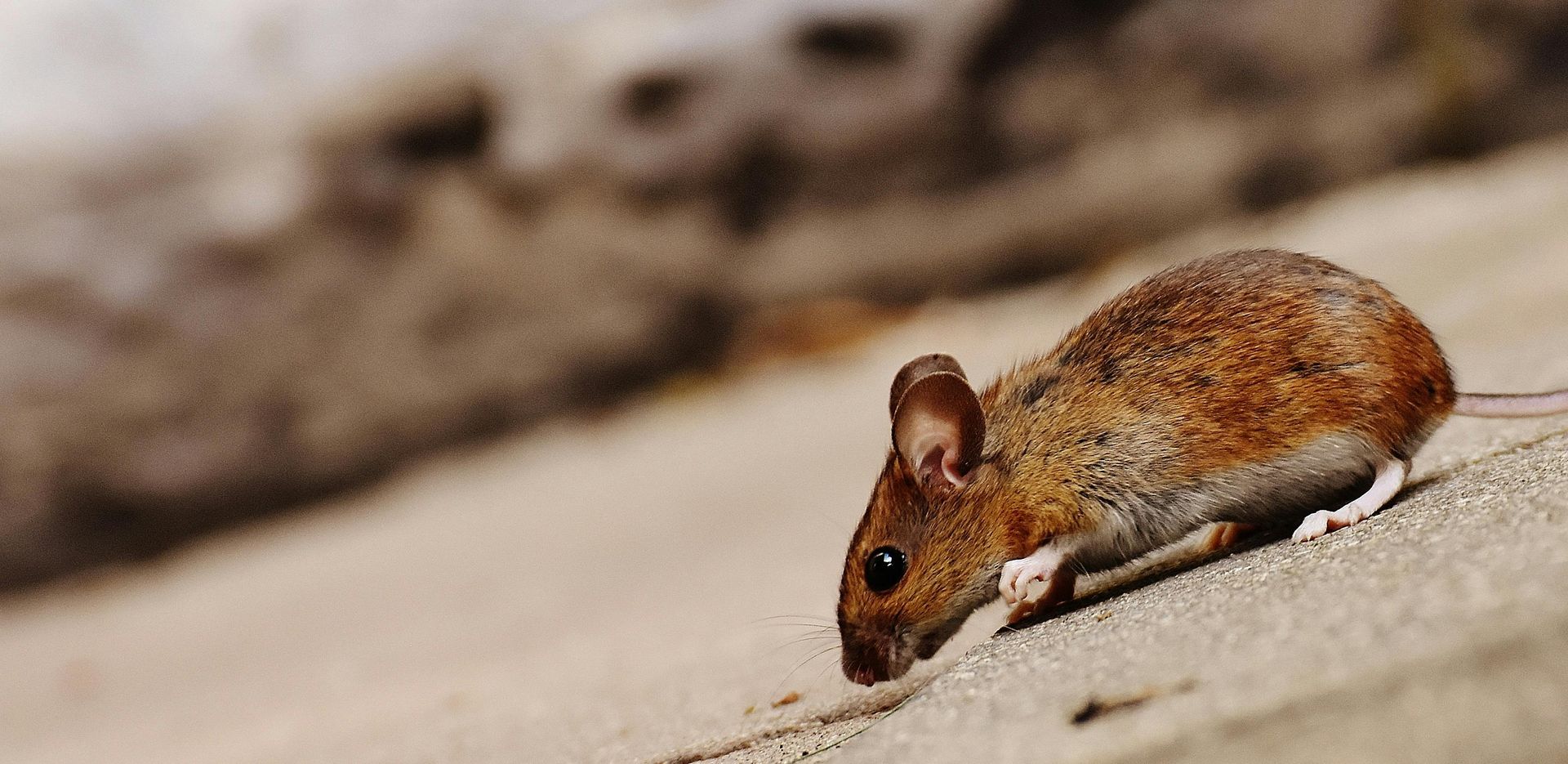How to Protect Your Metairie Home from Rodent Infestations During Hurricane Season
Protect Your Metairie Home from Rodent Infestations This Hurricane Season: Essential Tips for Safeguarding Your Property
As hurricane season approaches Metairie, it’s not just the wind and flooding that homeowners need to worry about—rodents pose a significant threat as well. Hurricanes and tropical storms displace pests like rats and mice, driving them indoors in search of food and shelter. For Metairie residents, homes with raised foundations and crawl spaces are particularly vulnerable to rodent infestations. Besides rodents, ant species cause a lot of damage during hurricane season. By taking proactive measures, you can rodent-proof your home and prevent these unwelcome guests from causing damage during hurricane season.
The Impact of Hurricane Season on Rodent Activity in Metairie
Hurricanes and tropical storms have a dramatic impact on rodent behavior. As floodwaters rise and high winds destroy their natural habitats, rodents such as roof rats and Norway rats are forced to seek higher ground. Unfortunately, that higher ground is often inside homes. Metairie, with its distinct raised homes and crawl spaces, provides ideal conditions for rodents to hide during and after storms.
During hurricane season, these rodents are driven to find dry, safe places where they can access food and warmth. Crawl spaces, attics, and basements become their primary targets. Once inside, they can cause extensive damage, chewing through wiring, insulation, and structural components. Additionally, rodents carry diseases that can pose health risks to homeowners. Understanding how storms affect rodent behavior is the first step in protecting your home.
“Rodents can chew easily through foam and dried caulk to gain entry. Use sheet metal or 1/4-inch mesh galvanized hardware cloth to close large openings.” - Source
Identifying Structural Vulnerabilities in Metairie Homes
Homes in Metairie have unique structural characteristics that make them vulnerable to rodent infestations, especially during hurricane season. It’s crucial for homeowners to be aware of these vulnerabilities and address them before a storm hits.
Raised Foundations and Crawl Spaces
Many homes in Metairie are built with raised foundations, which create crawl spaces beneath the house. While this design helps protect against flooding, it also creates the perfect environment for rodents to take shelter. Rodents can easily access crawl spaces through small openings, cracks, or vents, and once inside, they can multiply quickly.
Gaps and Openings
Another common vulnerability in Metairie homes is the presence of gaps and openings in walls, doors, windows, and roofs. During hurricanes, high winds can exacerbate existing cracks, making it even easier for rodents to enter. Utility lines, plumbing pipes, and ventilation ducts can also provide entry points for rodents if not properly sealed.
Flooding Risks
Flooding caused by hurricanes can damage the foundation and walls of your home, creating new entry points for rodents. Water damage weakens these areas, allowing rodents to squeeze through even the smallest gaps. It’s important to inspect your home after a storm to check for damage and seal any potential access points.
Rodent-Proofing Strategies for Metairie Homeowners
Protecting your Metairie home from rodents during hurricane season requires proactive measures. Getting rid of rodents is much of a task. By addressing the structural vulnerabilities in your home, you can prevent rodents from gaining access during storms. Here are some key strategies to help rodent-proof your home:
Seal Entry Points
One of the most effective ways to rodent-proof your home is to seal any potential entry points. Start by inspecting your home’s foundation, walls, windows, doors, and roof for cracks, gaps, or holes. Even small openings can be used by rodents to enter your home. Seal these gaps with materials such as steel wool, caulk, or wire mesh. For homes with crawl spaces, consider installing vent covers or barriers to prevent rodents from getting inside.
Fortify Crawl Spaces
Crawl spaces under raised homes are a common entry point for rodents in Metairie. To protect your crawl space, install heavy-duty barriers or screens that rodents cannot chew through. Elevate items stored in the crawl space to reduce potential nesting sites. Regularly check for signs of rodent activity and maintain the area to prevent infestations.
Install Rodent Barriers
In addition to sealing cracks and gaps, you can install specialized rodent barriers to block common entry points. Use door sweeps to seal gaps under exterior doors, and install garage door seals to prevent rodents from entering through the garage. Make sure vents and exhaust fans are covered with mesh screens that allow airflow but block rodents.
Trim Vegetation After a Hurricane
After a hurricane, trimming vegetation around your home is key to preventing rodent infestations. Storms can knock down branches or scatter debris, creating natural bridges for rodents to reach the house. Regularly cut back overhanging branches, vines, and shrubs near windows, walls, and roofs to eliminate these pathways and reduce hiding spots close to your home. Taking these precautions helps block easy access points, keeping rodents from nesting inside as they seek dry, sheltered areas post-storm.
UltraSonic Rodent Control:
Ultrasonic rodent control devices emit high-frequency sound waves designed to deter rodents from entering your home. These sound waves are inaudible to humans but highly irritating to rodents, driving them away from treated areas. By creating an uncomfortable environment, ultrasonic devices can help keep rats and mice out of your home without the need for harmful chemicals or traps.
Proper Storage and Sanitation During Hurricane Season
Rodent-proofing your home goes beyond sealing entry points. It’s also important to eliminate attractants that may draw rodents into your home. Maintaining good storage and sanitation practices is essential, especially during hurricane season.
Secure Food Sources
Rodents are constantly on the lookout for food, and unsecured food supplies can attract them into your home. Store food in airtight, rodent-proof containers, especially in kitchens, pantries, and garages. During hurricane season, it’s a good idea to stock up on supplies, but make sure everything is properly sealed to prevent rodents.
Remove Outdoor Attractants
Outdoor areas, such as garbage bins and compost piles, can also attract rodents. Keep garbage cans tightly sealed, and avoid leaving pet food or birdseed outside. Standing water from heavy rains can also attract pests, so be sure to eliminate any water sources around your home.
Clear Debris Post-Storm
After a hurricane or tropical storm, quickly remove any debris, fallen branches, or water-damaged materials from around your property. Rodents use debris as cover, so keeping your yard clean reduces the chances of them nesting near your home.
Professional Rodent Inspection and Prevention Services in Metairie
While homeowners can take many steps to prevent rodent infestations, sometimes professional help is necessary to ensure full protection. A professional pest control service in Metairie can identify potential rodent entry points that may not be obvious and provide comprehensive prevention plans. Regular pest inspections can control different species of pests.
Why Metairie Homes Need Regular Inspections
Regular rodent inspections are particularly important for homes in Metairie with raised foundations and crawl spaces. These areas are often difficult to access, and professional inspections can catch early signs of infestations before they become severe.
Rodent Prevention Plans
Partnering with a local pest control company can provide year-round rodent prevention, especially in Metairie where hurricane season often drives pests indoors. Pest professionals use exclusion techniques, bait stations, and traps to keep homes rodent-free. Before hurricane season, consider a professional inspection to identify and seal entry points, secure crawl spaces, and establish proper storage and sanitation. Proactively rodent-proofing your home helps protect against infestations and offers peace of mind as storms approach.
Frequently Asked Questions
1. Why does hurricane season increase the risk of rodent infestations in Metairie
Hurricanes and tropical storms disrupt the natural habitats of rodents, forcing them to seek shelter indoors. As floodwaters rise and strong winds destroy outdoor nests, rodents look for safe, dry places to live. Metairie's raised homes and crawl spaces provide easy access points for rodents, making homes in the area more vulnerable during hurricane season.
2. What types of rodents are common in Metairie during hurricane season
Roof rats and Norway rats are the most common rodent species in Metairie. Roof rats typically seek higher ground, often entering attics, while Norway rats may take shelter in basements and crawl spaces. Both species are attracted to homes during storms as they look for warmth, food, and safety.
3. How do raised foundations and crawl spaces in Metairie homes contribute to rodent infestations
Raised foundations and crawl spaces provide easy entry points for rodents, especially during storms. These areas are often difficult to secure, and rodents can crawl through small gaps and cracks to find shelter. Homes with crawl spaces are especially at risk if they are not properly sealed or maintained.
4. What are some common entry points for rodents in Metairie homes
Rodents can enter homes through a variety of small openings, such as cracks in walls, gaps around doors and windows, unsealed utility lines, vents, and damaged roofing. After a hurricane, these entry points may become even more accessible due to wind and water damage, making rodent-proofing essential.
5. How can I rodent-proof my Metairie home before hurricane season
To rodent-proof your home, start by sealing all potential entry points, such as cracks in the foundation, gaps around windows and doors, and unsealed vents. Install rodent barriers, such as door sweeps and mesh screens, over vents and utility lines. Additionally, fortify crawl spaces by installing rodent-proof barriers, and trim vegetation around your home to reduce hiding spots.

